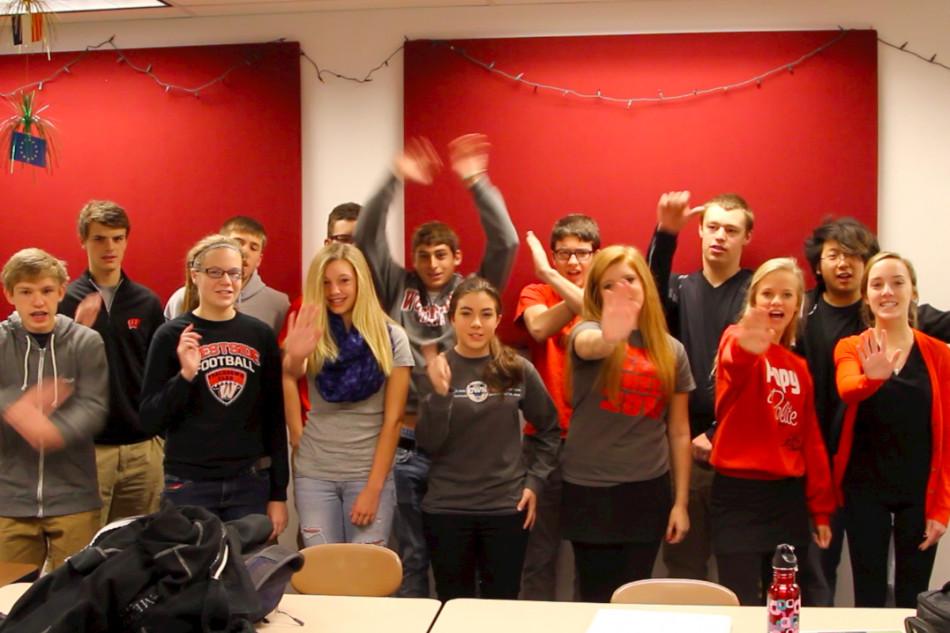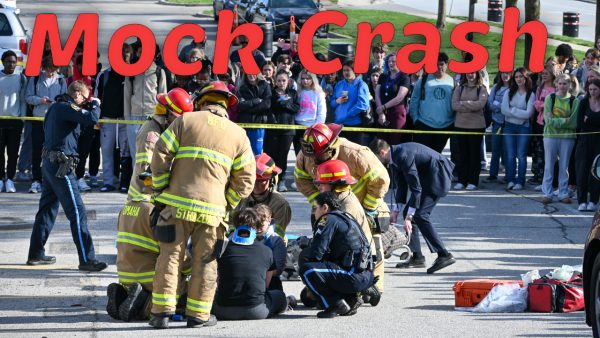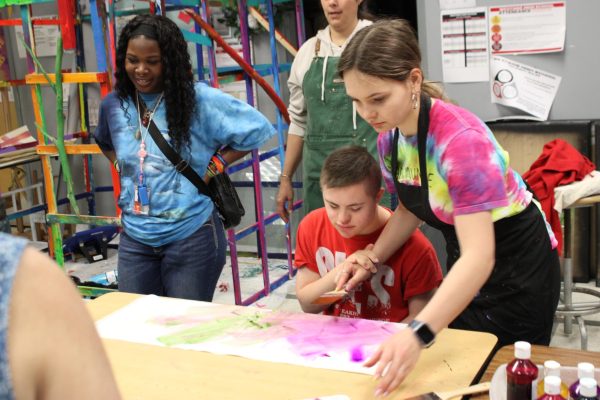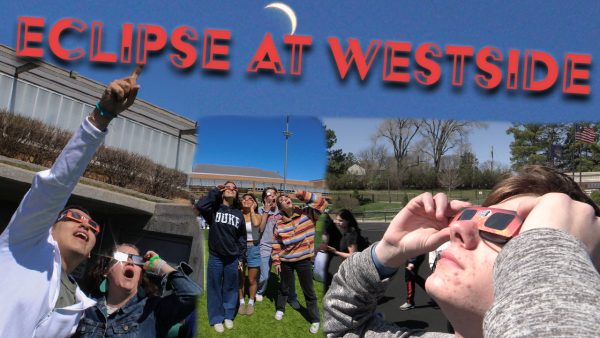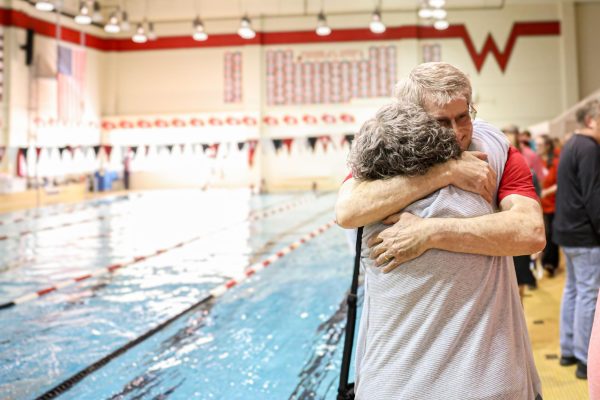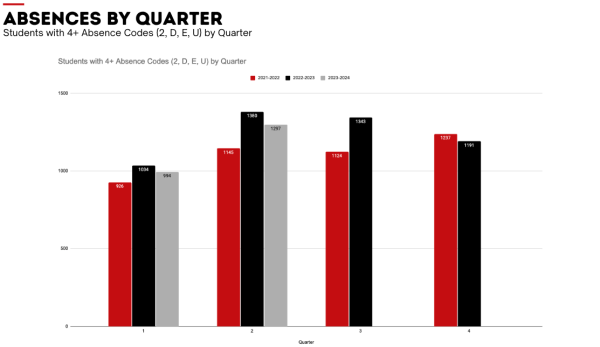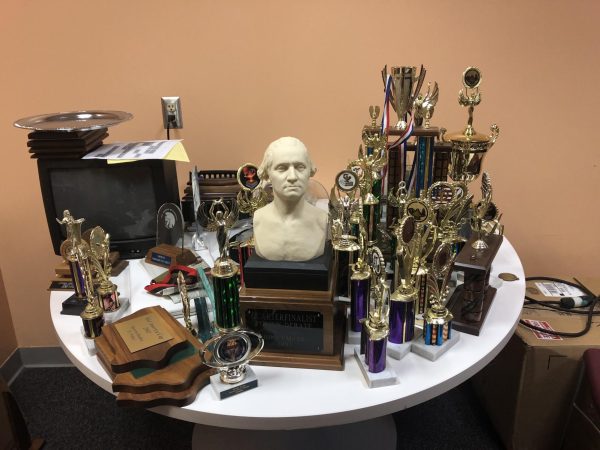Future Problem Solving Club Sponsors Texting and Driving Simulator
Future Problem Solving Club members display the only way to safely text and drive during their video they produced to help solve the problem of texting and driving. According to the club, there is only one way to safely text and drive, and that is to stop, as in not do it at all. Photo courtesy of Aren Rendell
Today, Tuesday, Feb. 18, the Future Problem Solving (FPS) Club at Westside is sponsoring a texting and driving simulator that aims to show students the dangers of trying to text and drive concurrently. The simulation, which will be available mods 4/5 through 10/11 on the plaza outside of the main entrance of the high school, is a full-sized Ford Escape that holds the simulator on the inside.
Each school year, FPS Club chooses a problem within the community to address and create a solution for. Junior Aren Rendell, one of the co-leaders of FPS, explains why the club chose the topic of texting and driving as its problem this year.
“When we picked our problem, we were kind of thinking about what is a big topic right now that we hear about a lot, and distracted driving is always brought up,” Rendell said. “There’s constantly new research about it, and it’s very relevant to high school students because kids are starting to drive.”
Participants of the simulation will get into the car and put on virtual reality goggles. Once the simulation has started, the participant will receive an automated text message and try to respond, and then they may have to face the consequences of trying to text and drive.
Rendell thinks the simulator may be an important wake up call for some student drivers because it is a real depiction of what could happen if they do text and drive.
“We want to show students, in a safe way, that although you might be able to get away with texting sometimes, there are other times that you will not,” Rendell said. “And even if you think you can text and drive safely, if you don’t get into an accident, you’re really just lucky that nothing jumped out on the road or a car didn’t swerve.”
Although the simulator will not leave participants with physical consequences, the goal, Rendell said, is to make people more aware about the dangers of texting and driving through the simulation before they do it in real life.
“We really want to educate students,” Rendell said. “Our goal with FPS is to solve the problem, but obviously we are not going to be able to completely eliminate texting and driving, but our hope is to show that there are consequences of texting and driving, and maybe we can get some students to stop.”
Your donation will support the student journalists of Omaha Westside High School. Your contribution will allow us to purchase equipment and cover our annual website hosting costs.


